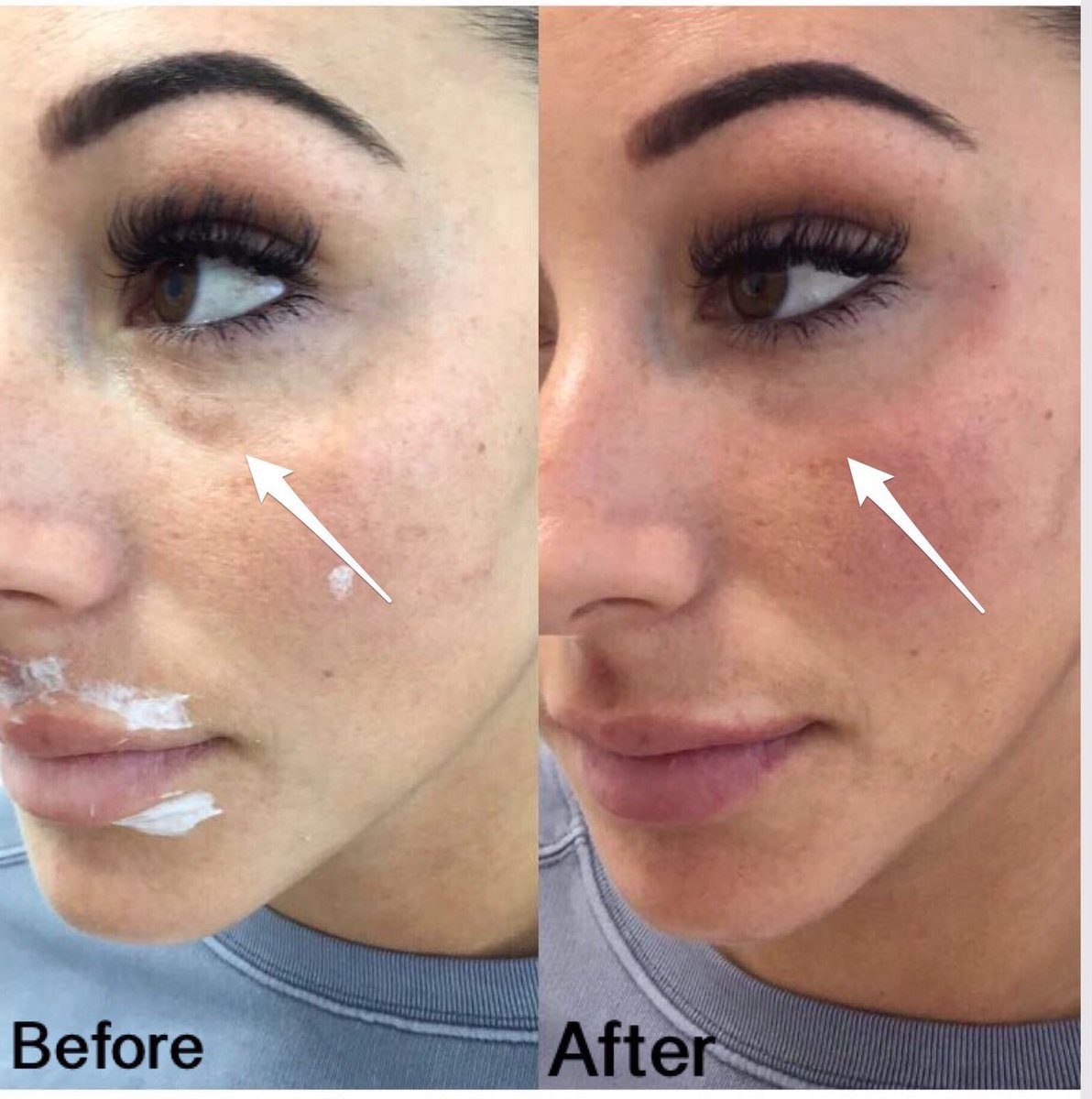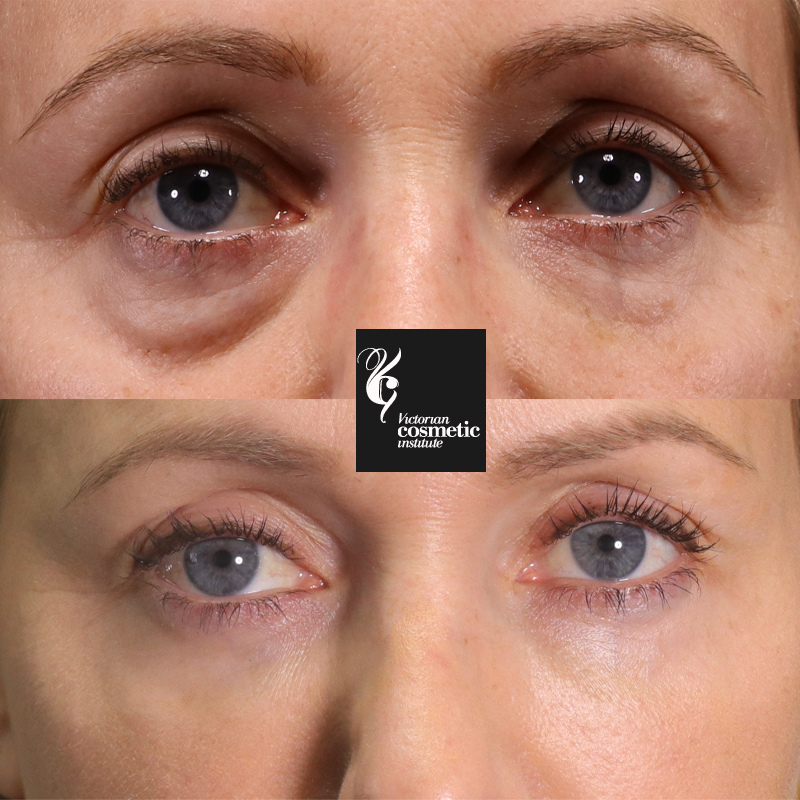

It is for these reasons that it is important to see an experienced cosmetic physician with a good knowledge of facial anatomy and who understands how to avoid complications so that you can get the best possible outcome in the safest way.
#Tear trough filler skin
Common times when it would not be appropriate are in patients with poor skin laxity, large eye bags or seasonal allergies.


Identifying patients who will not get a good outcome is vitally important in tear trough filler. Performing the procedure on the wrong patient.This is why the procedure should be performed over two visits. Too much filler used (or overcorrection) causing ‘puffiness’ under the eyes.This can lead to a blue appearance in the skin (known as the Tyndall effect). Filler placed too superficially in the skin. The following results are those of our patients, but individual results will vary.Filler gel is painlessly injected using a. The goal is to help reverse the sunken area and. This can occur for several reasons, including: Dermal fillers work by adding volume to the lower eyelid tear trough area which starts to lose volume as we age. Tear trough filler are a series of micro-injections that are placed along the line of the hollow, sunken area. The other consideration of filler in the tear trough deformity is a poor aesthetic outcome. However, if it does occur it can be minimised by applying ice for 24 hours afterwards and camouflaged with makeup. Therefore, filler in this area should not be considered if there is a special event that you are planning in the next fortnight where a bruise would not be acceptable in case this should occur. There are certain techniques that can be used to minimise this risk and, although it does not happen commonly, should be expected. It should be pointed out that this is a common area for bruising to occur due to thin skin and multiple blood vessels in this area. A thorough knowledge of facial anatomy and safe injecting techniques can greatly minimise this risk, however if any signs were to occur the filler would need to be dissolved immediately. It is very rare but if it occurred could lead to necrosis of the skin or visual loss. There have been cases in Australia of vascular injury whereby filler is inadvertently injected into a blood vessel. There may be some discomfort, bleeding or bruising. Most patients will have some degree of swelling associated with this treatment, but this will settle over the following few days. Tear trough filler is an advanced procedure which requires enhanced practitioner training and high-quality products to reduce the risk of an adverse event. As with any medical procedure there are some risks to consider. The treatment is often carried out in several stages to ensure a natural and adequate amount of dermal filler is used and this reduces the risk of over-volumizing the area in one treatment.


 0 kommentar(er)
0 kommentar(er)
